Scientific and Technological Activities in brief
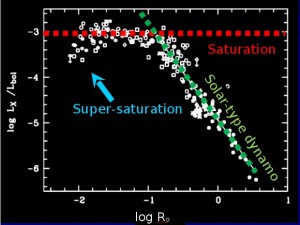
Credit: Maggio 2007, Adapted from Randich 1998 Magnetic activity is a prime characteristic of late-type stars, i.e. stars with masses and ages similar to the Sun (solar-like stars), and those at the cool end of the main-sequence (M stars). Substellar objects (brown dwarfs) also exhibit magnetic activity signatures albeit weaker than in solar-type or M stars and with a strong age and mass dependence. (more…) ...
Read More
Read More
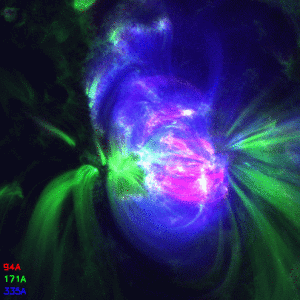
Owing to its closeness to Earth, the Sun is the most important star for us and the only one we can observe in detail. It can thus act as a precious laboratory revealing the processes taking place in a star, and also as a model allowing us to understand how the other stars work. The Observatory of Palermo is involved in research activities – dating back to Vaiana’s pioneering work in the 60-70s – which study the X- and EUV- ...
Read More
Read More
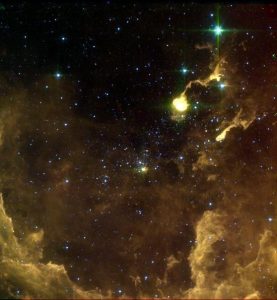
Stars form in associations, from the fragmentation and contraction of large molecular clouds. During the first few million years after their formation young stars are surrounded by circumstellar disks of gas and dust, remnants of the gravitational collapse of their parent cloud. They also posses intense magnetic fields. Consequence of disks and magnetic fields are a variety of complex and dynamic phenomena, including: mass accretion from the circumstellar disk, outflows, both collimated (jets) and uncollimated (winds), intense high energy emission, ...
Read More
Read More

Today a large number of planets orbiting around stars which are not the Sun has been detected, they are called exoplanets. The exoplanet population shows a wide range of systems with different physical characteristics, often not present in our Solar system. For example, the so-called hot Jupiters. Hot giant gaseous planets orbiting very close to their host star, or the so-called super-Earth, rocky planets much more massive than the Earth and with a complex atmosphere. Studying the properties of these ...
Read More
Read More
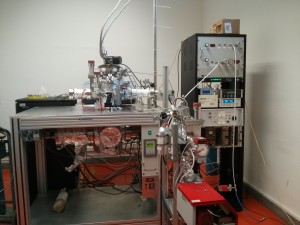
The study of the origin, evolution and distribution of life in the universe is the groundwork of Astrobiology/Astrochemistry. This is a multidisciplinary science in which astrophysics, physics, chemistry, biology and geology work in synergy to answer the following questions: How did life originate on Earth and how did it evolve? Is there life in space and how can we find evidence of it? There is increasing consensus among the scientific community on the hypothesis that we cannot understand the origin ...
Read More
Read More
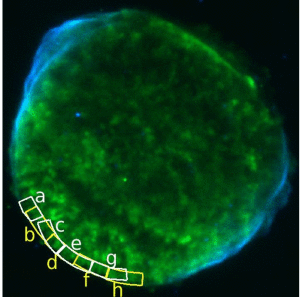
Cosmic rays Cosmic rays are energetic particles which arrives at Earth from the space, carrying information about their source and path they travelled. Unveiling this information is one of the most challenging task in astrophysics, still on the leading edge after a century from their discovery by Hess in 1912. While most of the astrophysics studies are performed by collecting photons arriving from extraterrestrial sources, cosmic rays represent an complementary window to the universe. Being mostly composed of charged particles, ...
Read More
Read More
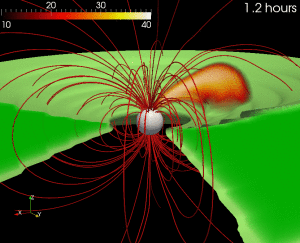
Computational fluid dynamics (for more information follow this link) For several years the OAPa has been committed to High Performance Computing (HPC) programs aimed to develop plasma models in astrophysical environments. Throughout the years, the OAPa researchers have gained a sound experience and the skills necessary to optimize magnetohydrodynamic (MHD) and hydrodynamic codes for efficient execution on high performance parallel computing systems, and to develop and apply numerical models to the study of astrophysical plasma, such as that present in ...
Read More
Read More
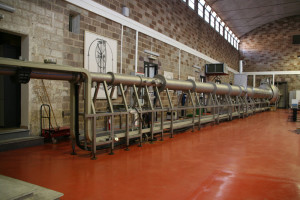
X-ray Astronomy X-ray astronomy is far more recent than optical astronomy and supplies unique data on the physics and history of the universe. As the X-radiation from space is prevented from reaching the Earth by the atmosphere, it is necessary that in order to detect X-rays, instruments are brought beyond the atmosphere.
From rockets to orbiting observatories Back in the 60s, the first experimental observations of celestial X-ray sources employed rockets as a means to maintain the X-ray detectors at ...
Read More
Read More
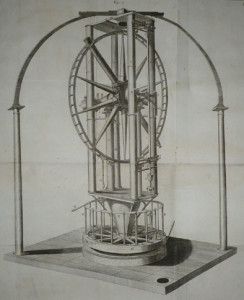
The research programme in History of Astronomy originated from the need to collate and preserve the rich astronomical heritage of the Observatory, which includes historical instruments, books and archives, accumulated over the past two centuries of scientific activity carried out in this institution. Its recent development has turned it into a self-standing research branch, whose preferential topics, described below, are: Astronomical heritage This topic has been specially developed because of the consistence and importance of the historical materials kept at ...
Read More
Read More
